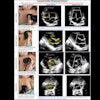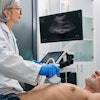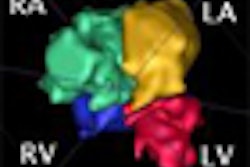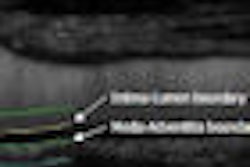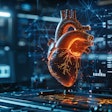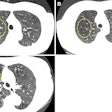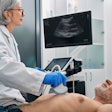Dear Cardiac Imaging Insider,
Echocardiography plus electrocardiography (ECG) is the winning team for detecting heart abnormalities in student athletes, say researchers from Johns Hopkins University in Baltimore. The news, fresh from the American Heart Association's (AHA) 2009 Scientific Sessions under way in Orlando, FL, could change the way athletes are screened for heart problems.
Compelled by reports of sudden and unexpected deaths and heart problems in young, apparently healthy athletes, the healthcare community's debate centered for years on the feasibility and need for routine screening for athletes before they hit the field. Electrocardiography was found to be a safe, relatively inexpensive, and effective way to accomplish the task. But another safe, radiation-free modality adds significantly to the yield of cardiac abnormalities, the researchers said. Get the rest of the story by clicking here.
Speaking of routine ultrasound screening, contrast-enhanced carotid ultrasound is allowing reliable detection of a very early sign of atherosclerosis, according to a story by AuntMinnie.com senior editor Erik L. Ridley.
Buy-in to screening isn't universal, however, especially from those who hold the purse strings. The U.S. Preventive Services Task Force says there is not enough evidence to support the clinical use of nontraditional coronary heart disease risk factors. Good old Framingham risk scores are enough, the task force says, though its particular view is far from universal.
Computer-aided detection (CAD) is a perennial favorite of researchers -- one that is finally making inroads into clinical use as applications are integrated with PACS networks. But left out of the picture -- until now -- has been the automated detection of coronary artery stenosis.
Researchers from the Medical University of South Carolina in Charleston used a newly developed CAD algorithm that checks the four main coronary arteries for significant stenosis. Not only was sensitivity high compared to coronary angiography, but the software's false-positive rate was acceptably low, they concluded. Find out more about this promising application in our Insider Exclusive.
In other news, cardiac imaging reimbursement is on the chopping block at the U.S. Centers for Medicare and Medicaid Services. However, payment for some procedures was spared or even increased for 2010. Find out what happened to your modality by clicking here.
Be sure to scroll down for more news from the heart, and stay tuned to your Cardiac Imaging Digital Community for more breaking news from the AHA meeting in Orlando.

